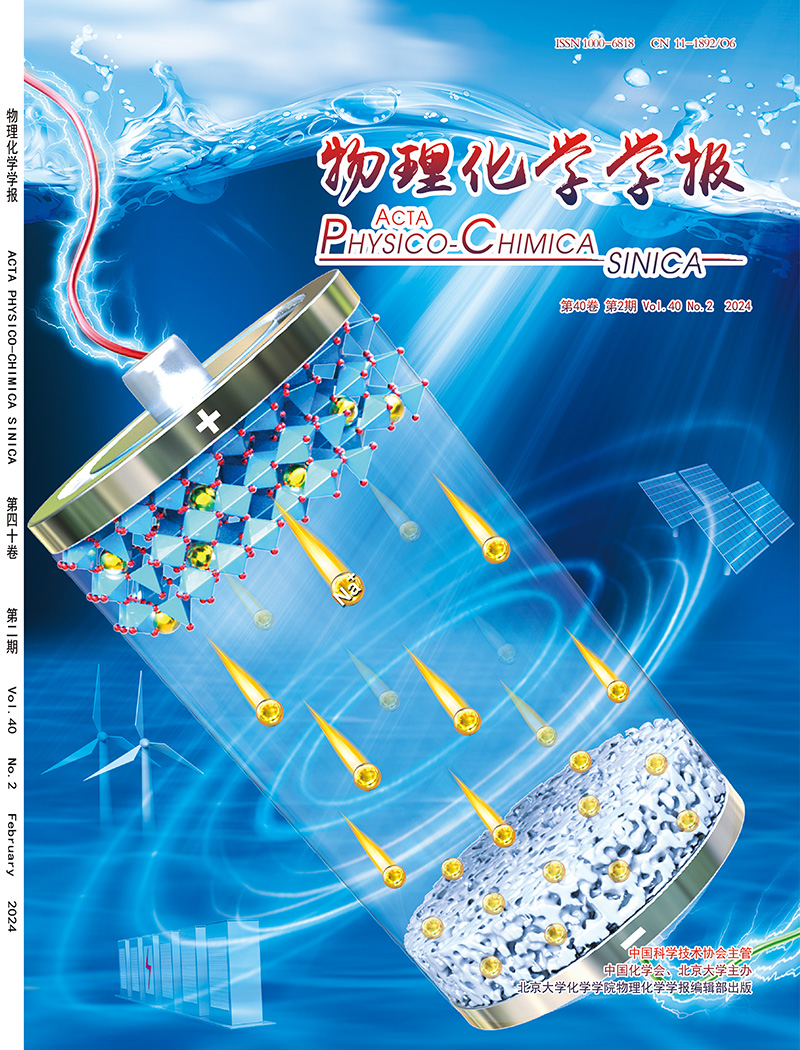生成式人工智能在电池研究中的应用:现状与展望
IF 13.5
2区 化学
Q1 CHEMISTRY, PHYSICAL
引用次数: 0
摘要
随着可再生能源和电动汽车的快速发展,电池作为电化学储能系统的核心部件,对系统的效率和安全性有着至关重要的影响,已成为全球科学研究和工业领域的热点。然而,电池内部复杂的多物理场反应使得传统的数学模型不足以全面揭示其机理。解决这一问题的关键在于引入数据驱动的方法,通过大量的实验数据积累和有效信息的提取,为电池的研发奠定了坚实的基础。生成式人工智能(GAI)利用其强大的潜在模式学习和数据生成能力,已在蛋白质结构预测、材料反设计和数据增强等方面得到广泛应用,显示出其广阔的应用前景。将GAI应用于具有多种电池数据资源的电池研究工作流程中,可以为电池研究中的挑战提供创新的解决方案。从这个角度来看,我们介绍了生成模型(GMs)的核心原理和最新进展,包括生成对抗网络(GAN),变分自编码器(VAE)和扩散模型(DM),它们可以学习输入样本的潜在分布,从而通过采样来生成新数据。综述了GAI在电池研究中的应用。对于电池材料设计,通过学习材料的组成、结构和性能,GM可以通过条件约束生成具有所需性能的新型候选材料,显著扩展了有待探索的化学空间。对于电极微观结构表征,GM可以作为不同图像数据相互转换和整合的桥梁,提高微观表征的质量,生成真实的合成数据。对于电池状态估计,GM可以对电池数据集进行数据增强和特征提取,这有利于电池状态估计模型的性能。最后,我们讨论了数据治理和模型设计方面的挑战和未来发展方向,包括数据质量和多样性、数据标准化和共享、合成数据的可用性、通用汽车的可解释性以及电池研究的基础模型。从电池技术的创新和进步的角度出发,探讨了GAI在电池研究领域的现状和前景,为GAI作为电池研究工作流程的有效工具的实施提供了理论参考和实践指导。本文章由计算机程序翻译,如有差异,请以英文原文为准。

Applications of generative artificial intelligence in battery research: Current status and prospects
With the rapid development of renewable energy and electric vehicles, batteries, as the core components of electrochemical energy storage systems, have become a global focus in both scientific research and industrial sectors due to their critical impact on system efficiency and safety. However, the complex multi-physics reactions within batteries make traditional mathematical models inadequate for comprehensively revealing their mechanisms. The key to solving this problem lies in introducing data-driven approaches, which have laid a solid foundation for battery research and development through extensive accumulation of experimental data and extraction of effective information. Generative artificial intelligence (GAI), leveraging its powerful latent pattern learning and data generation capabilities, has already found widespread applications in protein structure prediction, material inverse design, and data augmentation, demonstrating its broad application prospects. Applying GAI to battery research workflows with diverse battery data resources could provide innovative solutions to challenges in battery research. In this perspective, we introduce the core principles and latest advancements of generative models (GMs), including Generative Adversarial Network (GAN), Variational Auto-Encoder (VAE), and Diffusion Model (DM), which can learn the latent distribution of the input samples to generate new data by sampling from it. Applications of GAI in battery research are then reviewed. For battery materials design, by learning material compositions, structures, and properties, GM can generate novel candidate materials with desired properties through conditional constraints, significantly extending the chemical space to be explored. For electrode microstructure characterization, GM can serve as a bridge for interconversion and integration of different image data, enhance the quality of microscopic characterization, and generate realistic synthetic data. For battery state estimation, GM can perform data augmentation and feature extraction on battery datasets, which benefits the model performance for battery state estimation. Lastly, we discuss the challenges and future development directions in terms of data governance and model design, including data quality and diversity, data standardization and sharing, usability of synthetic data, interpretability of GM, and foundational models for battery research. For the innovation and advancement of battery technology, this perspective offers theoretical references and practical guidelines for implementing GAI as an effective tool in battery research workflows by discussing its status and prospects in this field.
求助全文
通过发布文献求助,成功后即可免费获取论文全文。
去求助

 求助内容:
求助内容: 应助结果提醒方式:
应助结果提醒方式:


